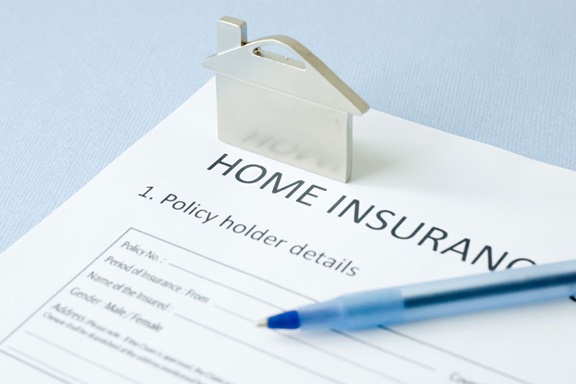8 Steps to Claiming Insurance for Storm-Damaged Homes

MANILA – Storms and floods have become a part of a Filipino’s life. Over the years, typhoons and floods have caused damage to many homes and possessions across the country, and many property owners have purchased insurance for this purpose.
Filing an insurance claim for property damage, especially those caused by a storm, is still a relatively new experience for most Filipinos. Unlike fire insurance, which more people are familiar with, claims for damage caused by flood and storms are still few and far between.
Here’s a step-by-step guide to help you file an insurance claim in the unfortunate event that you sustain any damage to your home because of a storm or floods.
1. Make sure you have proper coverage. Was your home damaged by a typhoon or a flood? While most insurance companies offer coverage for both, it is possible that you only got coverage against one of these. It is also possible that your coverage is only for damage caused by fire, so it is best to check what exactly you are covered for. Note that there is a separate coverage for the property itself and its contents.
2. Check if your insurance coverage is up to date. Make sure that your policy is still in force and that premium payments have been made. Otherwise, you will not be able to make any claims on a lapsed policy.
3. Document the damage. Take photos to show the extent of the damage to your property. Make sure to take as many photos of important details that will show where the damage occurred, as well as how much of the property was damaged. This will be the basis for the adjuster’s estimate so it is necessary to provide him with the needed information.
4. Find photos of your home and possessions before this was damaged. Also create a list of your possessions that were damaged, as well as which parts of the home were affected by the incident. This comparison will help the adjuster understand the extent of the damage on your property.
5. Contact your insurance broker. He or she should be able to guide you in filing a claim with the insurance company, and would be able to tell you the documents you need to submit, as well as where you should submit these. You can also check out the website of your insurance firm regarding claims processing.
6. Get a repair estimate from a contractor. This will serve as a guide to help you know if the adjuster’s estimates are realistic or close to what contractors will most likely charge. You can use this independent estimate to discuss or negotiate with the insurance company in the event that its estimates do not match yours.
7. Keep all receipts for emergency repairs done on your property. These receipts may be necessary as you deal with the adjuster. In some policies, these may be reimbursable.
8. Know the deductible portion that you would pay for. This deductible portion is usually around 2 percent of the value of the property. Assuming that your house is insured for P10 million at the time of loss, your out of pocket will be the first P200,000, which corresponds to 2 percent of the property’s actual cash value.
Storms and floods cause extensive damage, which is why you should consider buying insurance covering a range of risks. If you already have property insurance, do check out what it covers, and determine if you have enough coverage. At the rate the cost of construction is growing, you wouldn’t want the risk of having too little coverage if and when disaster strikes.
—
Grow Your Money is an editorial partnership between news.abs-cbn.com and Citi Philippines to promote financial education and provide helpful information to Filipinos on how to better manage their personal finances.
Visit www.citibank.com.ph for more information.
(Source: ABS-CBN.com)




